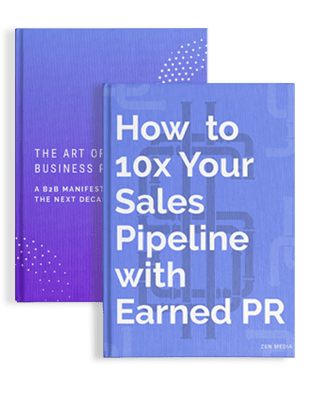Rakefet Yacoby From:
Today, we’re going to speak about PR for e-commerce brands. And before, we jumped into all the whats and hows, first, is it really important for e-commerce brands that are starting to grow, starting to pick up and really gain traction, to actually start with PR, and why?
Shama Hyder:
Yeah. Only if you want to have trust of your customers and you… So it’s funny because I think PR, for the longest time, was nice to have with media relations and whatnot. It’s just a nice perk. A lot of times I think companies felt like, oh, if you get a certain point, then you can look into it. But these days, we know that’s just not true because you only have to look at how many touchpoints someone needs to buy. I know Forrester just released some research and they shared that in 2017, for example, it took 17 touchpoints, interactions for someone to buy, and now it’s 21.
Rakefet Yacoby From:
Yeah.
Shama Hyder:
So that number’s going up. We also know that trust is continuously going down. People don’t look at something and say, “Oh, I’m so excited buy it.” Usually they think, “What’s the catch? Are these reviews real? Is this company going to deliver?” This is really true for e-commerce. Also, if you were ever competing with Amazon, or even if you’ve got a brand on Amazon, you’re trying to build up your brand, as so many brands have realized, Amazon’s a great platform, but at the end of the day, it’s the Amazon brand. And what you want to do is build your brand. And so from that perspective, PR becomes essential. Not like a nice to have, not like something we can add later. I also find it sort of fascinating, a lot of times, we work with clients and we do a lot in the B2B tech space. It’s because they know that they want a one day exit, or they have already a game plan.
You mentioned Tel Aviv. We worked with a few VC-funded start-ups out of Israel. And part of that is the same thing, how do we position ourselves? Because we know today it’s not just about the product, it’s not just about the service, it’s the story that you tell, it’s the story your customers get to tell about that product, about that service, how they feel about it. And so for all those reasons, PR becomes pretty crucial.

